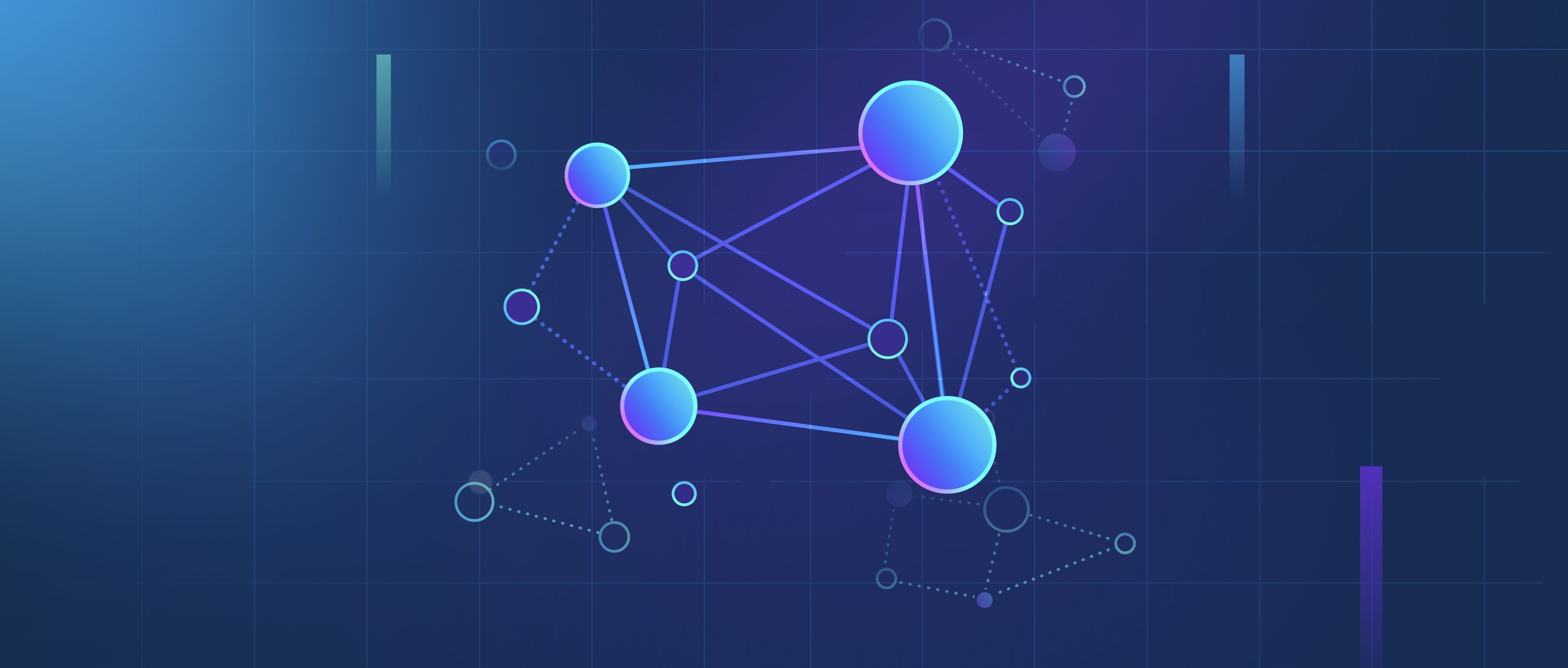DeepResearch is most effective for tasks requiring analysis of complex, unstructured data or patterns that are difficult to define with traditional rules. It excels in scenarios where large datasets are available, and the problem involves non-linear relationships, such as natural language processing (NLP), image recognition, or predictive modeling with high-dimensional inputs. For example, training a model to classify medical images or analyze sentiment in social media posts benefits from DeepResearch’s ability to automatically learn hierarchical features. These tasks often involve layers of abstraction that simpler algorithms struggle to capture without manual feature engineering.
Other research methods are better suited for tasks with limited data, well-defined rules, or a need for interpretability. Statistical methods like regression or hypothesis testing work well for analyzing structured datasets with clear variables, such as A/B testing for website changes or calculating correlation between user engagement and revenue. Rule-based systems or decision trees are preferable when transparency is critical, such as credit scoring models where regulators require clear explanations for decisions. These methods are also more efficient for small datasets, as DeepResearch models often require substantial data to avoid overfitting.
The choice depends on the problem’s scope, data availability, and desired outcomes. For instance, building a recommendation system using user behavior data (clicks, views) would leverage DeepResearch to uncover subtle patterns. In contrast, analyzing survey results to determine customer preferences for a product feature might use simpler clustering or regression. Developers should weigh factors like computational resources, latency requirements (e.g., real-time vs. batch processing), and the need for model interpretability. DeepResearch is a powerful tool for complex, data-rich problems but can be unnecessarily cumbersome for straightforward, rule-based tasks.
